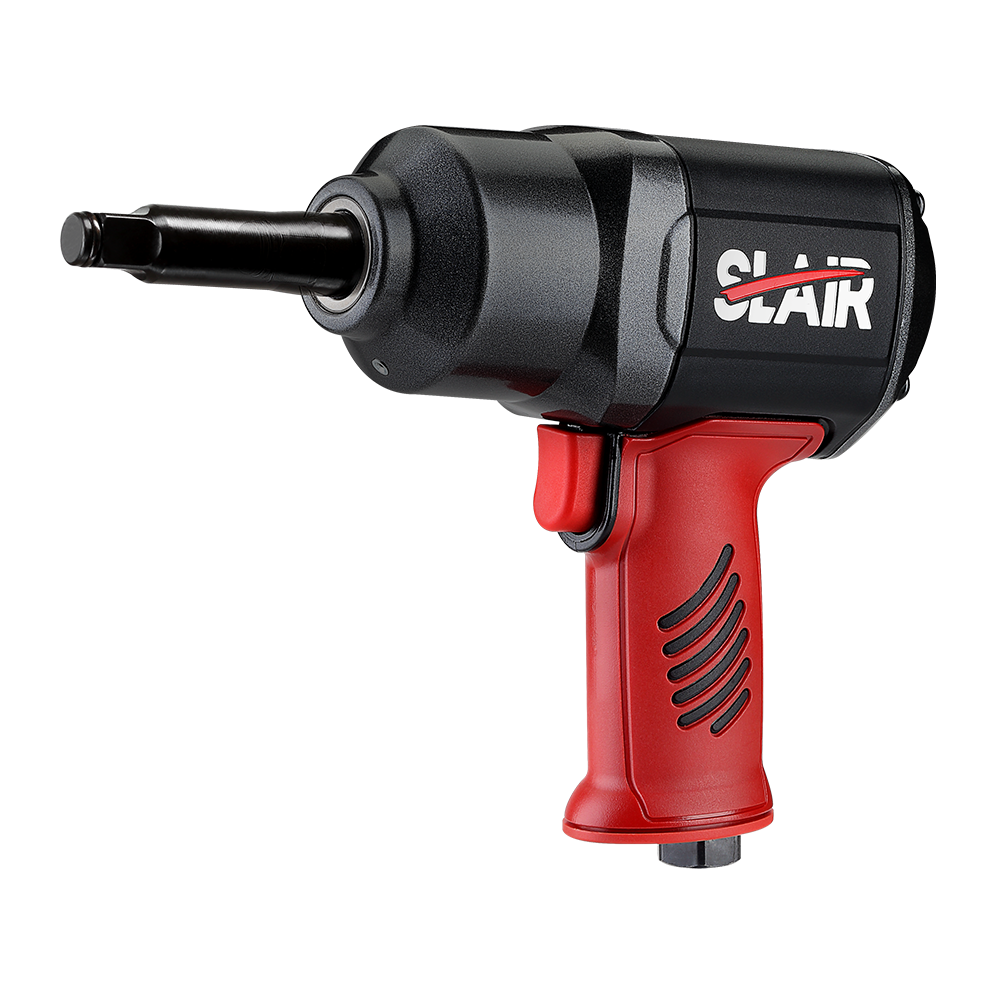Air chamfering machines are engineered with high-precision controls that enable operators to adjust the cutting depth, angle, and feed rate with fine accuracy. This precision ensures that the material removal is closely aligned with the intended chamfer specifications, preventing over-cutting or excess material being removed. By allowing for exact settings for chamfer depth and width, the air chamfering machine ensures that only the required amount of material is removed from the workpiece, contributing to efficient use of the material. Such control over the cutting parameters reduces unnecessary material waste, as it minimizes errors or the need for additional processing steps to correct over-machined areas.
The efficiency of the air chamfering machine’s tooling plays a significant role in minimizing material waste. Many air chamfering machines utilize specialized cutting tools that are designed to produce clean, precise chamfers with minimal material displacement. The tools are made from high-quality materials that maintain sharpness over extended periods, which further ensures that the machine works efficiently and avoids unnecessary wear or abrasion of the workpiece. The design of the cutting tools typically matches the chamfer requirements exactly, ensuring that the process is optimized and material is removed only from the necessary areas, reducing the chance of excessive material waste.
The air-powered system in chamfering machines ensures a smooth, consistent cutting action, which reduces the risk of unpredictable material removal. Unlike mechanical or hydraulic systems that may experience variations in speed or force, air-powered machines provide a steady, uniform application of pressure. This smooth operation results in clean, uniform chamfers without the risk of erratic cutting behaviors, which could cause unnecessary material loss. Air-powered machines can operate at higher speeds, ensuring that chamfering is completed quickly and efficiently, thus reducing the time spent on each workpiece and lowering the overall material waste associated with the operation.
Automation plays a crucial role in reducing material waste in air chamfering machines. The incorporation of automated systems ensures that workpieces are fed into the machine with precise alignment and at controlled speeds. These systems often include programmable settings that adjust the feed rate according to the material being machined. This control of the feed rate ensures that material is removed efficiently, with no excess material being cut away due to high or low feed speeds. Automated systems can be programmed to make the chamfering process as efficient as possible, reducing the need for manual intervention, which could otherwise introduce errors that lead to waste.
The tools used in air chamfering machines are designed for durability and longevity, significantly reducing tool wear over time. High-quality cutting tools maintain their sharpness for extended periods, which in turn leads to more efficient material removal. Sharp tools create clean cuts with minimal friction, which reduces material displacement and minimizes the likelihood of over-machining. Tools that are built to withstand wear also reduce the need for frequent tool replacements, which helps lower operational costs and prevent the loss of material that can result from using dull or worn-out tools.
Proper chip removal is essential in minimizing material waste. Air chamfering machines are often equipped with built-in chip removal systems, such as air jets or vacuum mechanisms, that direct chips and debris away from the cutting area. These systems ensure that chips do not accumulate around the cutting tool or the workpiece, which could otherwise interfere with the chamfering process. Effective chip removal prevents blockages, tool damage, and material contamination, all of which could result in additional waste.





 English
English 中文简体
中文简体 русский
русский Deutsch
Deutsch Português
Português Español
Español
















